Several years ago I ran a test on my camera to look for the effects of diffraction. Light bends as it passes through a small opening, the smaller the opening the more it bends. So the more you decrease the size of the iris of a lens (increase the f number), the more diffraction will blur the image.
Since the latest digital cameras have such small sensor elements, diffraction can start to be apparent at f11 or f13.
This is a nuisance. Often we want to go f/16 or f/22 to increase the apparent depth of field. What is the point of getting more depth of field on the one hand if the image goes blurry on the other?
I was curious to see when this occurred on my Canon 40D. At ten megapixels it doesn’t have a large sensor by today’s standards, but the results match my later testing on a Canon 5DII.
The photographs were made with my sharpest lens, the 70-200 f4. The tripod was locked down and a bean bag put on the top of the camera. All files were shot in raw and processed in Lightroom with sharpening off.
Here are cropped jpegs of the results. F/8 was definitely the sharpest aperture, so that became the benchmark.
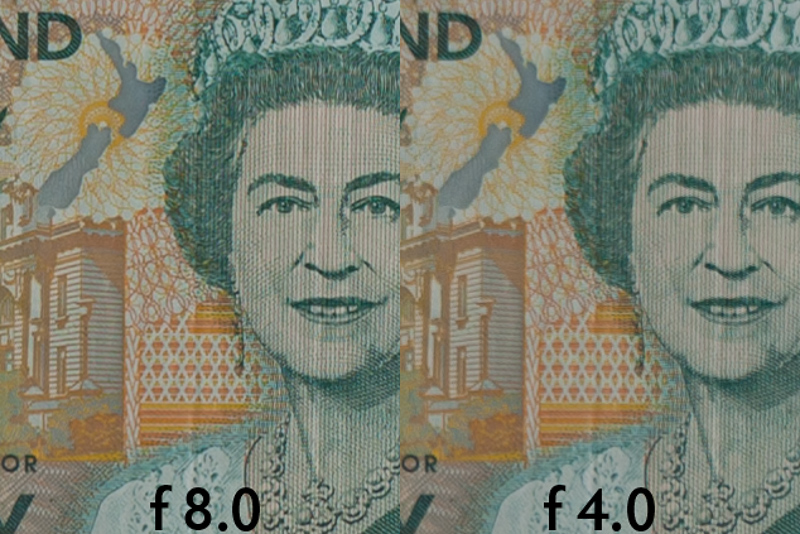 F/4 is soft. Like most lenses it isn’t its best wide open, but may be recoverable with sharpening. You need to do your own testing on your own lenses to find out how they look at their maximum aperture.
F/4 is soft. Like most lenses it isn’t its best wide open, but may be recoverable with sharpening. You need to do your own testing on your own lenses to find out how they look at their maximum aperture.
On the other hand this lens would work well for portraiture at f/4. People don’t usually appreciate seeing every tiny flaw in their complexion.
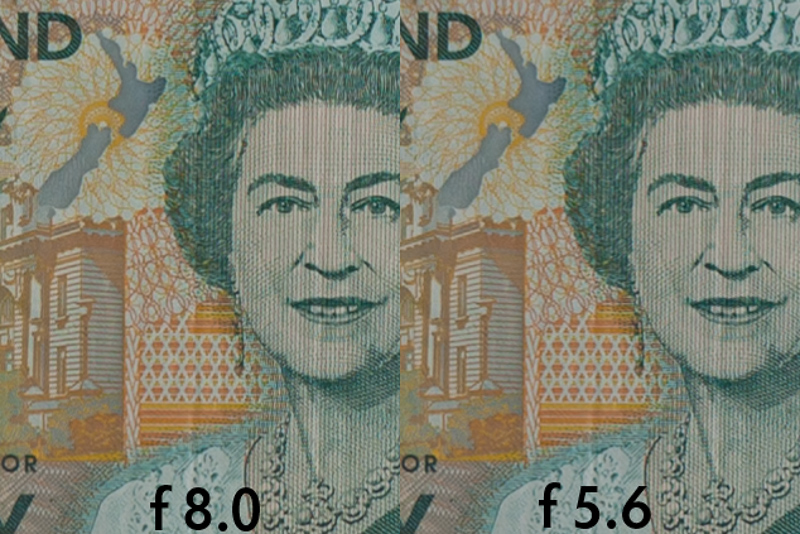 F/5.6 is an improvement. I wouldn’t hesitate to use it.
F/5.6 is an improvement. I wouldn’t hesitate to use it.
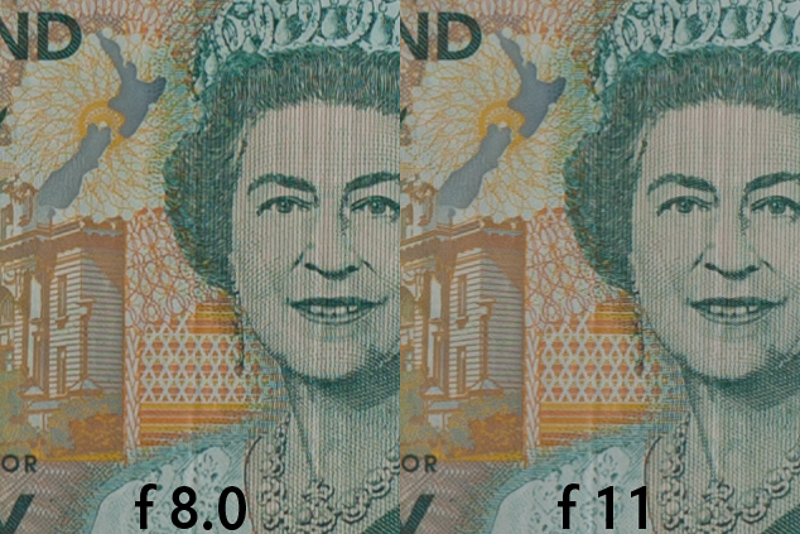 Interestingly, at f/11 we can already see a softening due to diffraction. Not a problem yet.
Interestingly, at f/11 we can already see a softening due to diffraction. Not a problem yet.
 At f/16 we have lost a lot of detail. I wrote at the time that I thought I could recover it with sharpening. This lens is about as soft at f/16 as it is at f/4. How come people who worry about diffraction at f/16 still gaily take photographs with their lens wide open?
At f/16 we have lost a lot of detail. I wrote at the time that I thought I could recover it with sharpening. This lens is about as soft at f/16 as it is at f/4. How come people who worry about diffraction at f/16 still gaily take photographs with their lens wide open?
Furthermore, this camera was thoroughly locked down on a tripod. If you are hand-holding then diffraction is the least of your worries.
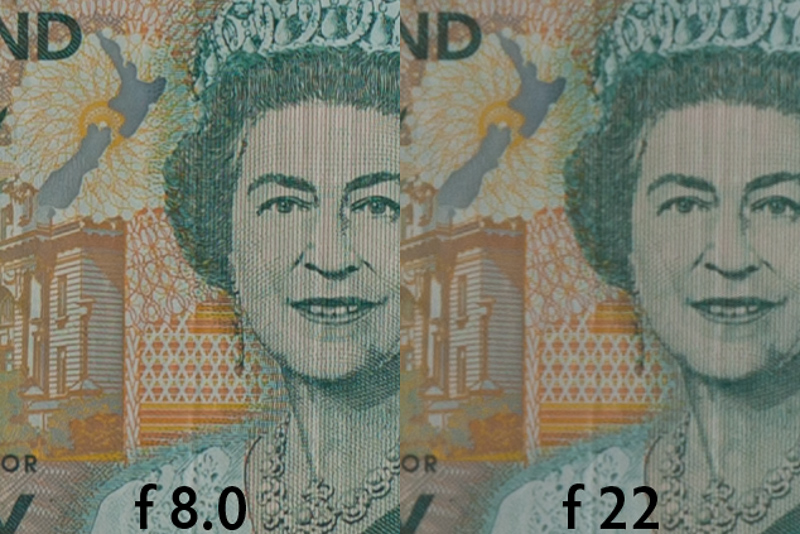 When I did this test I wrote that f/22 was too soft, and I wouldn’t use it if I wanted fine detail.
When I did this test I wrote that f/22 was too soft, and I wouldn’t use it if I wanted fine detail.
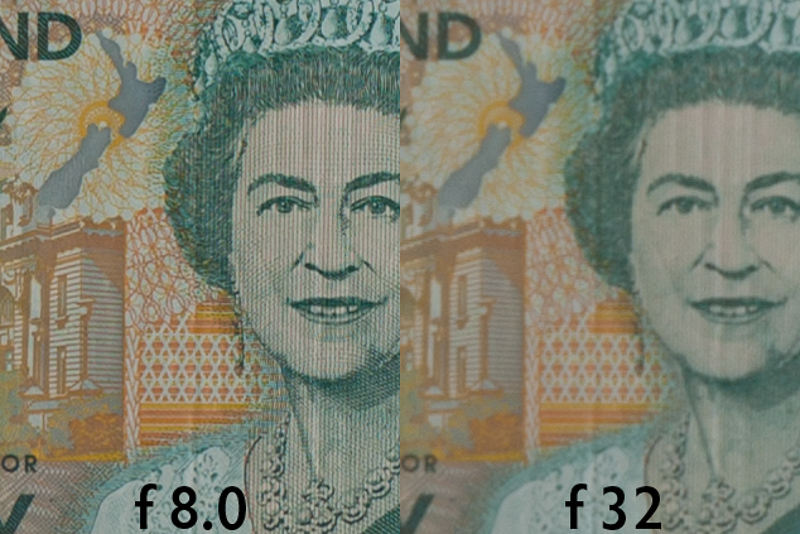 The image at f/32 has had it.
The image at f/32 has had it.
In part two I have revisited the subject and have been surprised by the results.